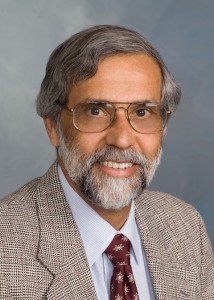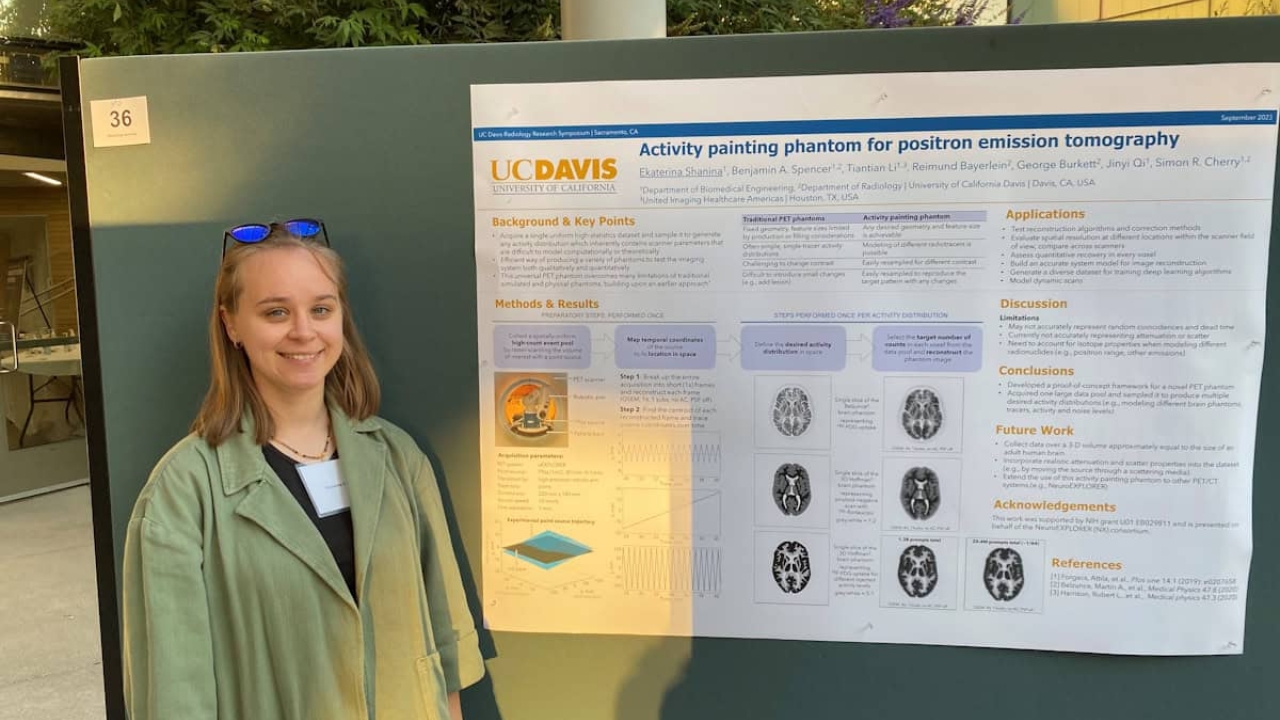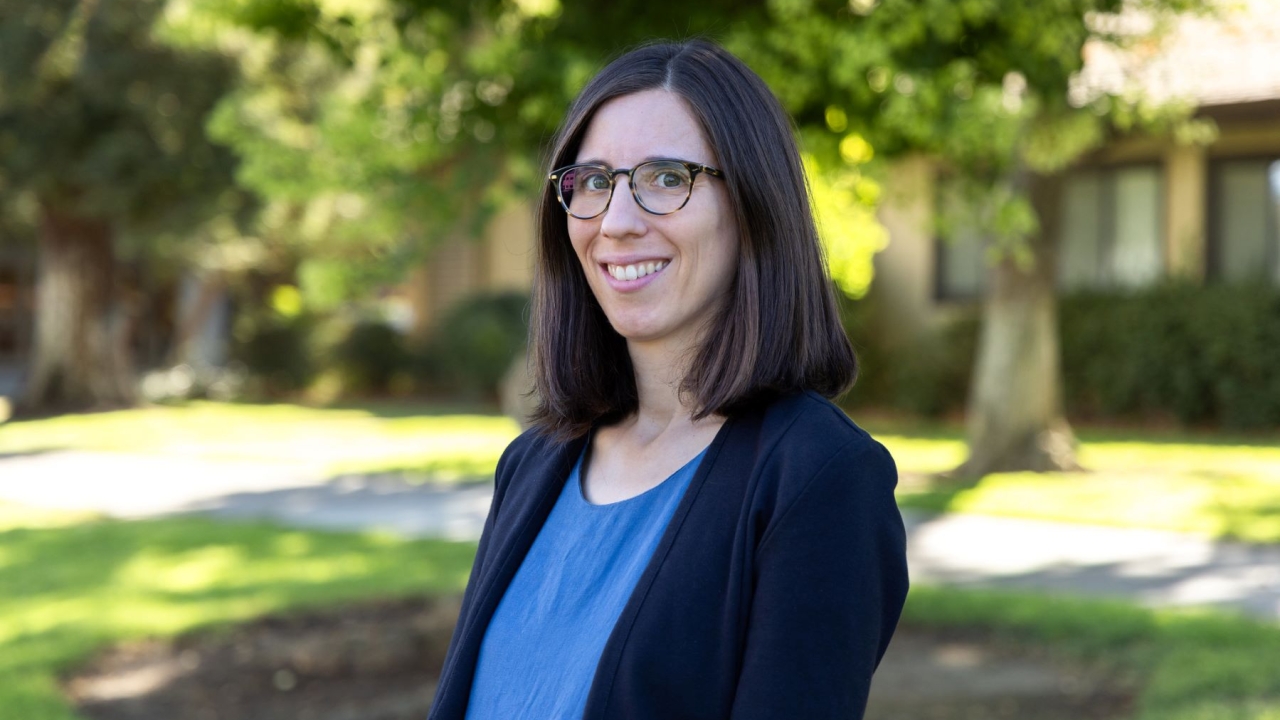Biography: R. Paul Singh
A 2004 NASA report on the challenges of crafting a food system for an expedition to Mars detailed the apparently conflicting goals of minimizing resources while providing safe and nutritious foodstuffs for the astronauts. One of the planned research projects, the development of a “multipurpose fruit and vegetable processing system for advanced life support,” was assigned to R. Paul Singh, now a distinguished professor emeritus of food engineering who held joint appointments in the UC Davis departments of Biological and Agricultural Engineering, and Food Science and Technology.
The NASA project is one of many examples of Singh’s immense contributions to food science and engineering. Such work led Singh to consult with numerous domestic and international agencies, including UNESCO, the World Bank, the World Health Organization, the U.S. Department of Energy and the Food and Agriculture Organization.
 Singh’s innovations ensured his 2008 election to the National Academy of Engineering, one of the highest professional distinctions for engineers in the United States. Singh has received numerous other honors, including the Institute of Food Technologists’ 2010 Nicholas Appert Award for preeminence in food science and technology, the 2011 Lifetime Achievement Award of the International Association of Engineering and Food, and the 2013 ASABE Massey-Ferguson Educational Gold Medal. Singh also received the Ohio State University’s 2010 Harris Award for Excellence in Food Science and Technology, and presented the annual Harris Award Seminar in February 2011.
Singh’s innovations ensured his 2008 election to the National Academy of Engineering, one of the highest professional distinctions for engineers in the United States. Singh has received numerous other honors, including the Institute of Food Technologists’ 2010 Nicholas Appert Award for preeminence in food science and technology, the 2011 Lifetime Achievement Award of the International Association of Engineering and Food, and the 2013 ASABE Massey-Ferguson Educational Gold Medal. Singh also received the Ohio State University’s 2010 Harris Award for Excellence in Food Science and Technology, and presented the annual Harris Award Seminar in February 2011.
Singh earned his bachelor’s degree at India’s Punjab Agricultural University and master’s degree at the University of Wisconsin-Madison, both in agricultural engineering. He obtained his doctorate in agricultural engineering from Michigan State University. He joined the UC Davis faculty one year later, in 1975.
Recognition for Singh’s research in areas such as energy conservation, freezing preservation, and post-harvest technology grew rapidly. His team conducted studies related to fluid flow and heat transfer during thawing and freezing, and designed packaging systems that allowed, for example, more efficient cooling of strawberries. His work led to the development of new systems to conserve energy in food processing, improved sensors for monitoring the shelf life of foods, and prediction methods for freezing, frying and drying processes.
His most recent research focuses on using computational modeling to study gastric wall motility and fluid flow in the human stomach, with an eye toward developing the next generation of foods for health.
Singh has authored or co-authored three U.S. patents, 17 books (including the internationally translated textbook series, Introduction to Food Engineering), 3 software programs, and more than 270 peer-reviewed papers on food engineering topics. Since 2005, he has been editor-in-chief of the Journal of Food Engineering. In 2015, Singh received the 2015 Global Confederation for Higher Education Associations for Agriculture & Life Sciences (GCHERA) World Agriculture Prize.
Paul Singh was adviser and mentor to 58 master’s students, and graduated 26 PhD students, many of whom have since pursued and are involved in successful academic careers. He has to date worked with 50 post-doctoral students and visiting scientists.




